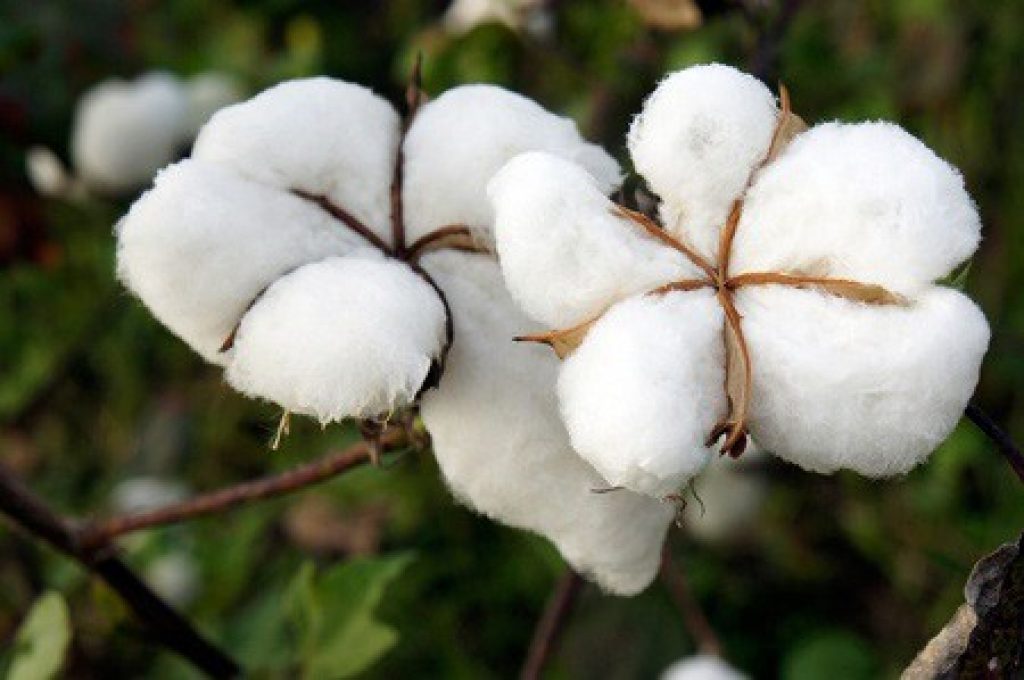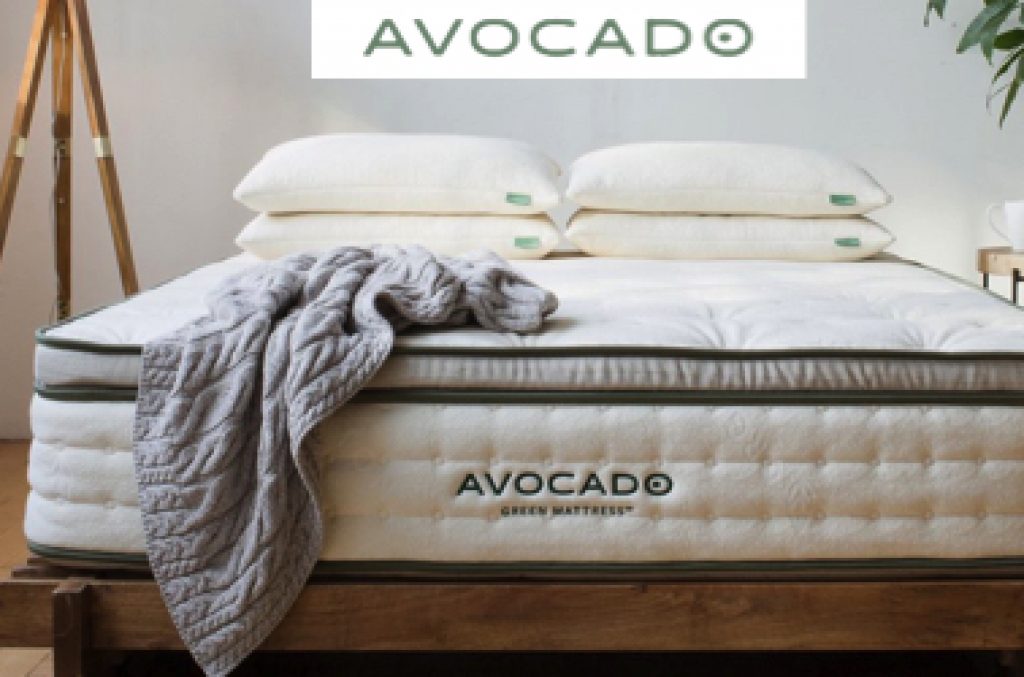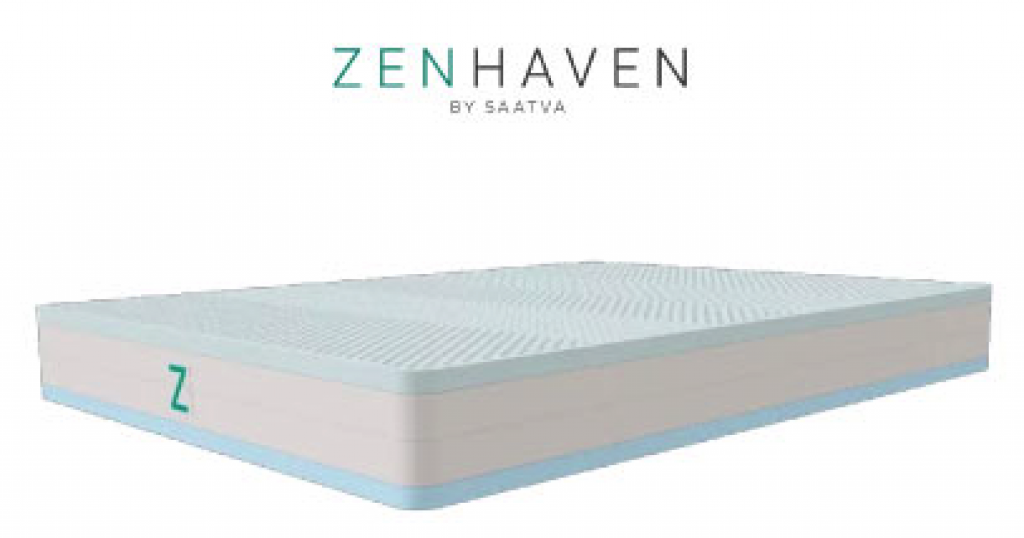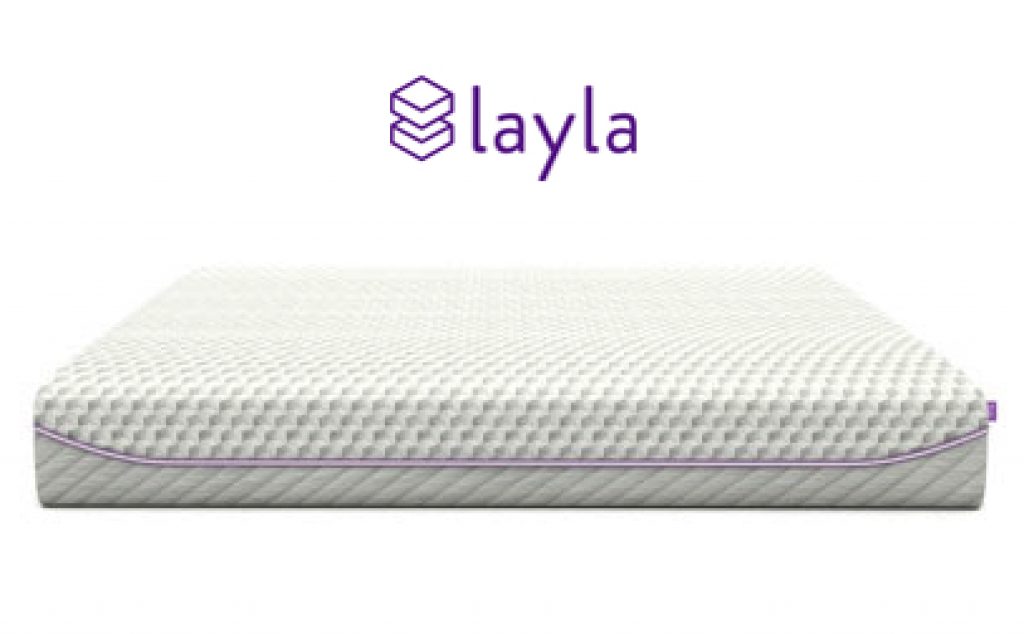
An eco-friendly bed is a trendy thing lately, not because it’s a luxury but because it’s an essential need for a relaxed and carefree sleep. If in the past we didn’t pay that much attention (and beds were constructed with organic materials anyway) today you can find numerous mattresses that contain chemicals, artificial fabrics, and materials that sooner or later will harm your health.
There is a lot more than a great design and comfortable mattress; you ought (and have the right) to know what fabrics the manufacturer used to build your bed.
In this guide, we are going to be focused on several bed reviews (among other things), buyer’s advice such as labels, types of the best eco-friendly materials and so on.
The highly recommended way to be prepared to purchase such bed is to know the fabrics, but also the labels and certificates that more often than not are confusing for the regular buyer.
Before we get to that part, let’s check several short reviews of high-quality and affordable organic beds.
Buyer’s Advice to Organic Bed
Health Benefits
It’s not rocket science that chemicals used for bed constructions are hazardous for your health. Not even cotton bedding will help you prevent yourself from the possible odor or harmful influence.
Organic fabrics are safe and the best option for sleeping; they will spare you from the dangerous off-gassing that can harm you with time. First of all, your respiratory system will remain safe from any possible chemical. These fabrics and materials are usually not prone to dust mites and are hypoallergenic (super important feature for people who suffer from allergies and for children).
It’s always better to go to sleep to a cotton cover or bedding, rather than putting your face and body to a fabric that feels unpleasant to the touch and that smells. Besides that, organic materials are better at keeping the bed cool and pleasant for sleeping (latex, cotton, pocketed springs).
Know Your Labels & Certifications
A manufacturer can tell you that their mattress is organic, but you won’t see a label with these words, so before you purchase your new bed, we want to inform you about the meaning of the certificates and labels that manufacturers have.
You will come across labels such as GOTS and GOLS.
GOTS requires a high standard (at least 95% of organic materials and no substances like chemical flame or polyurethane).
Organic Content Standard 100 tells you the percentage of certified-organic materials.
If you come across CertiPUR-US, you should know that it applies for the polyurethane foam used in the bed. It forbids the use of some substances (PDBE, flame retardants) and demands a test for substances such as formaldehyde and other chemicals.
Greenguard means that there was testing of the completed bed for the emission of formaldehyde or other dangerous compounds.
Types of Organic Components
As we have mentioned so far, if you want the best outcome from your mattress (besides excellent support and comfort) you should stick to beds that were manufactured with natural components.
Always check if your bed contains 100% non-synthetic latex, feathers, wool or cotton, flex, hempure, etc., if the foam contains breathable features (it should be gel or copper infused). Stay away from blended foams, dyes, chemicals, adhesives and so on. They are harmful for your health and you for sure will use that mattress for years.
Always check whether the bed is hypoallergenic; you will spare yourself from many problems (skin, breathing).
Mattresses that were sprayed with certain chemicals in order to last are only going to harm your health (even if they were made with mostly organic materials).
Materials That Shouldn’t Be In a Natural Bed
Although is difficult to avoid, memory foam that is petroleum based is a material that should not be used by manufacturers, however, the market is flooded with this material (so be careful).
Polyurethane and memory foam are unfortunately petroleum-based. These materials are made with toxic chemicals and with time they create off-gassing of VOCs; you breathe in all of these chemical gasses not only when you sleep, but also when you are in your bedroom.
Besides that these materials are flammable. Often called solid gasoline, these foams are often soaked in chemicals that act as flame retardants.
Stay away from synthetic latex as well; although this is presented as a safe non-organic material, it was created with styrene and butadiene; both are harmful and toxic.
Your mattress should not contain chemical flame retardants because with time the chemical will be slowly released into your room. Constant breathing of it can cause serious health issues.
The Good & the Bad of Organic (Natural) Mattress

As anything in this world, an organic mattress has its pros and cons. Before you purchase one, it’s good to know all the good and bad sides of these types of beds.
Your mattress should be eco-friendly (make sure it contains such materials). They are biodegradable and sustainable. You can expect to sleep on a surface that has no chemicals and pesticides (important feature for a long-term use). These types of mattresses won’t cause you health issues like cancer, respiratory or skin problems, and on top of that you will invest in an environment-friendly product.
On the other hand, a bed like this can cost much more money than you planned. Besides that, many people (an average buyer won’t be able to know all the fabrics, certificates and labels) can be confused when especially if they are going to purchase online.
This type of mattress will give you far more benefits than you can imagine, but besides its price, it’s going to be a limited edition, which means only a little number of lucky (and financially more stable) people will be able to get it.
The best thing is that more and more companies are turning towards using materials that are not soaked in harmful chemicals and (although they contain both organic and artificially created materials) these beds are becoming more popular among the customers.
Understanding Labels & Certification
USDA Organic Certification
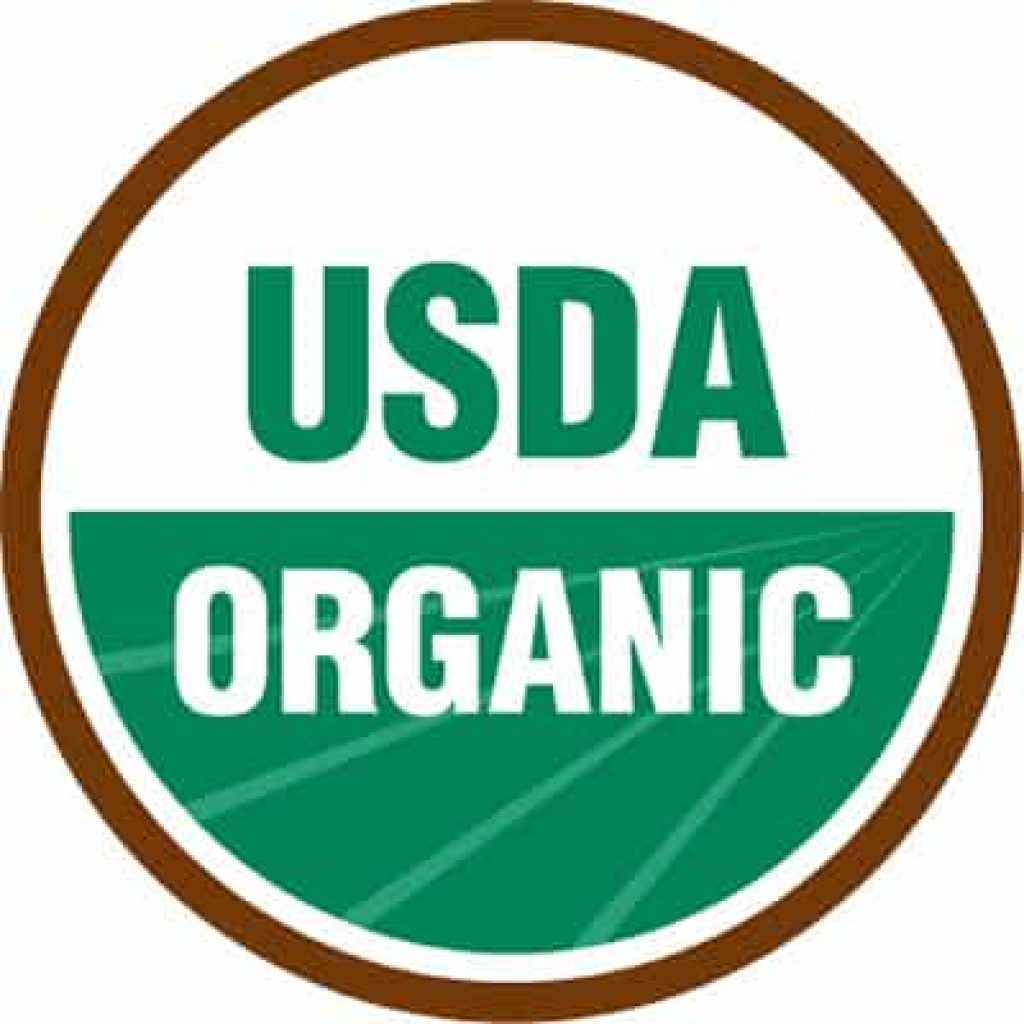 Although online stores are bragging with USDA organic standard for their beds, this type of standard still doesn’t provide an assurance for latex for example. Yes, latex cores can get a USDA certificate by an organic certifier and can be tracked through its distribution and the manufacturing process as a proof of its purity. When buying a mattress and see this certificate, simply e-mail the company for more info.
Although online stores are bragging with USDA organic standard for their beds, this type of standard still doesn’t provide an assurance for latex for example. Yes, latex cores can get a USDA certificate by an organic certifier and can be tracked through its distribution and the manufacturing process as a proof of its purity. When buying a mattress and see this certificate, simply e-mail the company for more info.
Global Organic Textile Standard
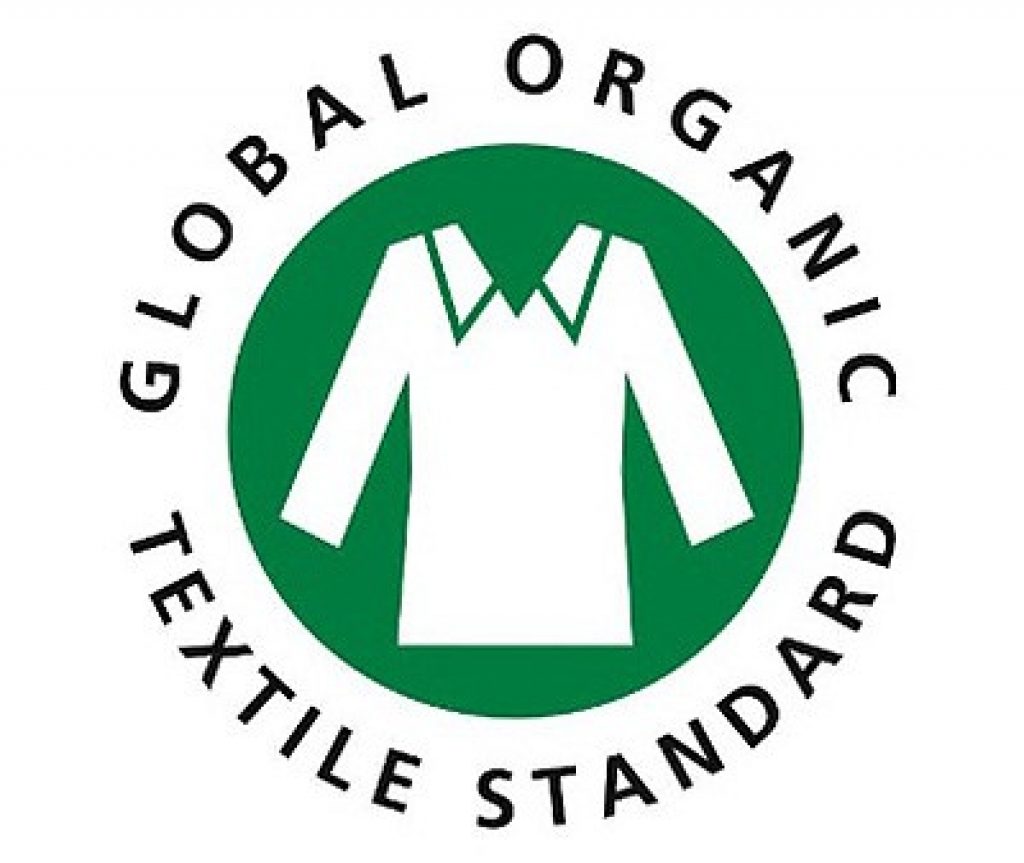
This certificated gives assurance that the product (in this case the bed) meets the GOTS organic and nontoxic standards.
Many online bed stores have this logo, even though they do not sell certified organic beds. In most cases one or two parts of the mattress has this certificate (for e.g. an organic cotton fabric). This is why we suggest you to read the information and reviews carefully; you wouldn’t want to pay for a bed that only contains organic parts.
Always read everything, and if you suspect that the rest of the bed contains inorganic materials (eco friendly) such as polyfoam, e-mail the company for more info.
Global Organic Latex Standard
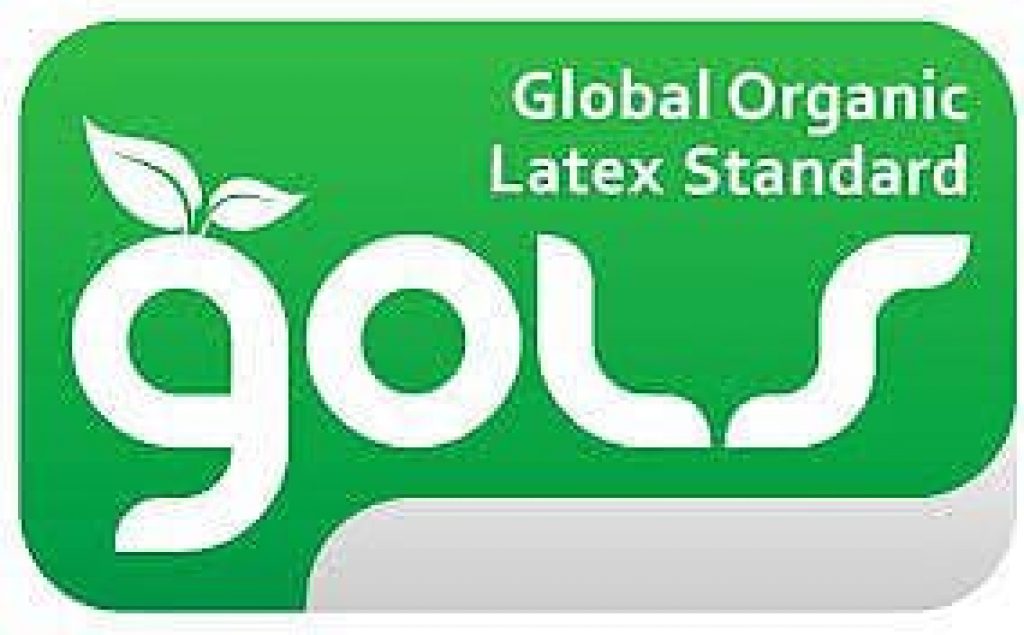
In case your choice is a latex mattress, always seek the ones that contain the certification Global Organic Latex Standard.
Peterson Control Union which is a global certifier, has developed GOLS after long years and experience of doing this job (certifying organic fabrics in textile or food industries for e.g.). This certification proofs that all latex fabrics and completed products meet the global standards.
Manufacturers that have this approval to make organic products with the GOLS logo must respect environmental and social regulations. This is the excellent indicator that your latex mattress will last long, and won’t cause you any harm to your health.
OEKO Tex Certification
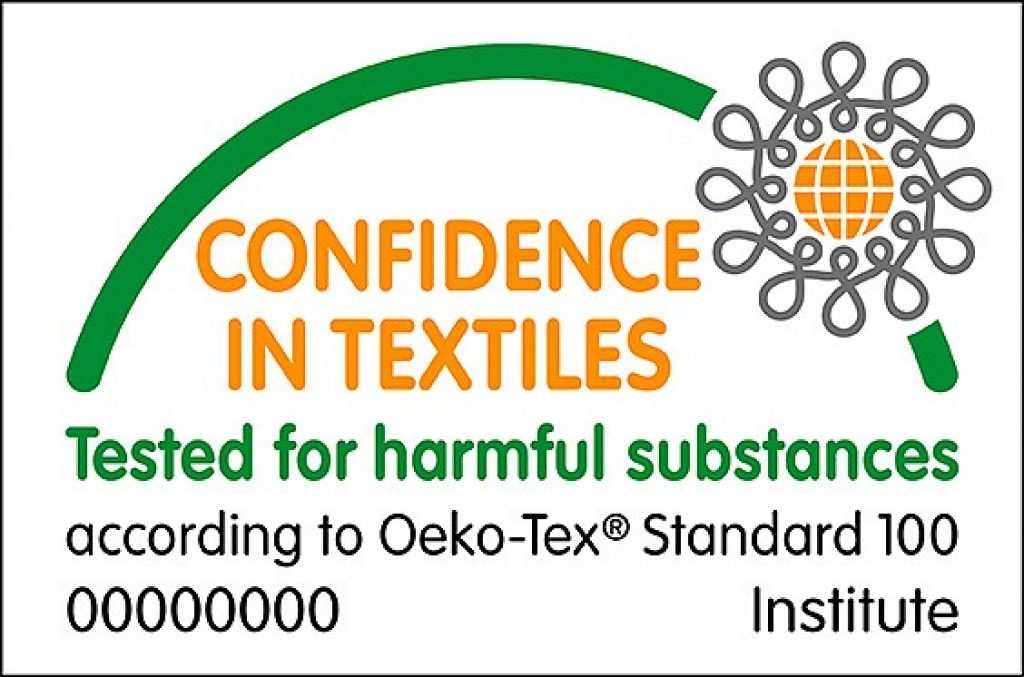
In order to get this certification a bed manufacturer should pass through testing of chemicals; if a bed has OEKO Tex Certification than it means that it doesn’t contain any poisonous fabrics.
It should be free of AZO dyes, VOCs, heavy metals, carcinogenic dies and phenols, as well as dyes that cause allergies. This certificate is given to a manufacturer that produces things that contain fabrics (clothing, mattresses, furniture etc.).
If a product has this certificate then you know it’s free of heavy metals and allergenic dies and has a pH that doesn’t harm the skin nor causes any additional respiratory problems.
Eco-Insktut Certification
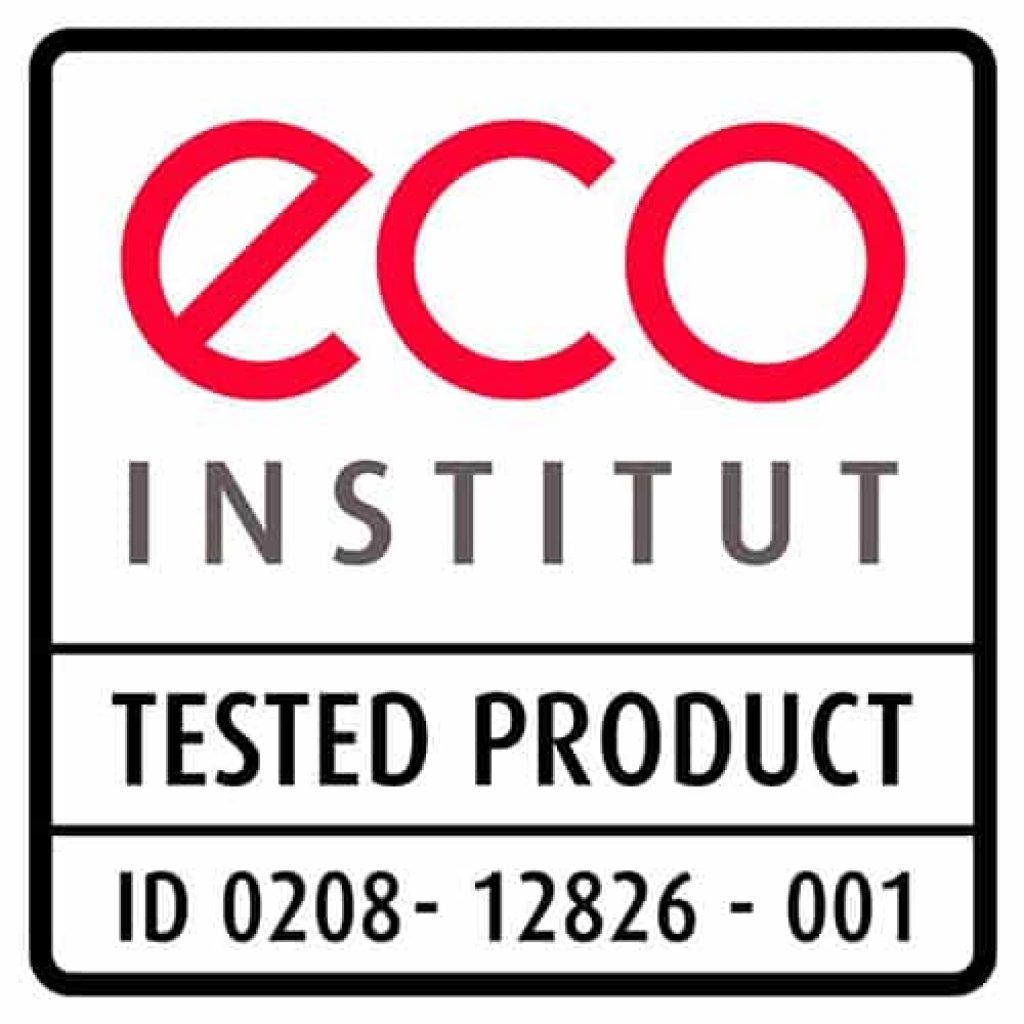
The Eco Institute does testing to various products such as cell phones, furniture, mattresses, sports equipment and so on.
If a mattress has this certificate you know you will get a safe product for your home without the risk of sleeping on a surface that has even the slightest amounts of chemicals that are seriously dangerous for your health.
There won’t be any risk of off-gassing and usually these beds are safe not only for children but for the whole family too. If you suspect that the bed contains any harmful chemicals and doesn’t have this certificate, don’t purchase it.
Green Guard Gold
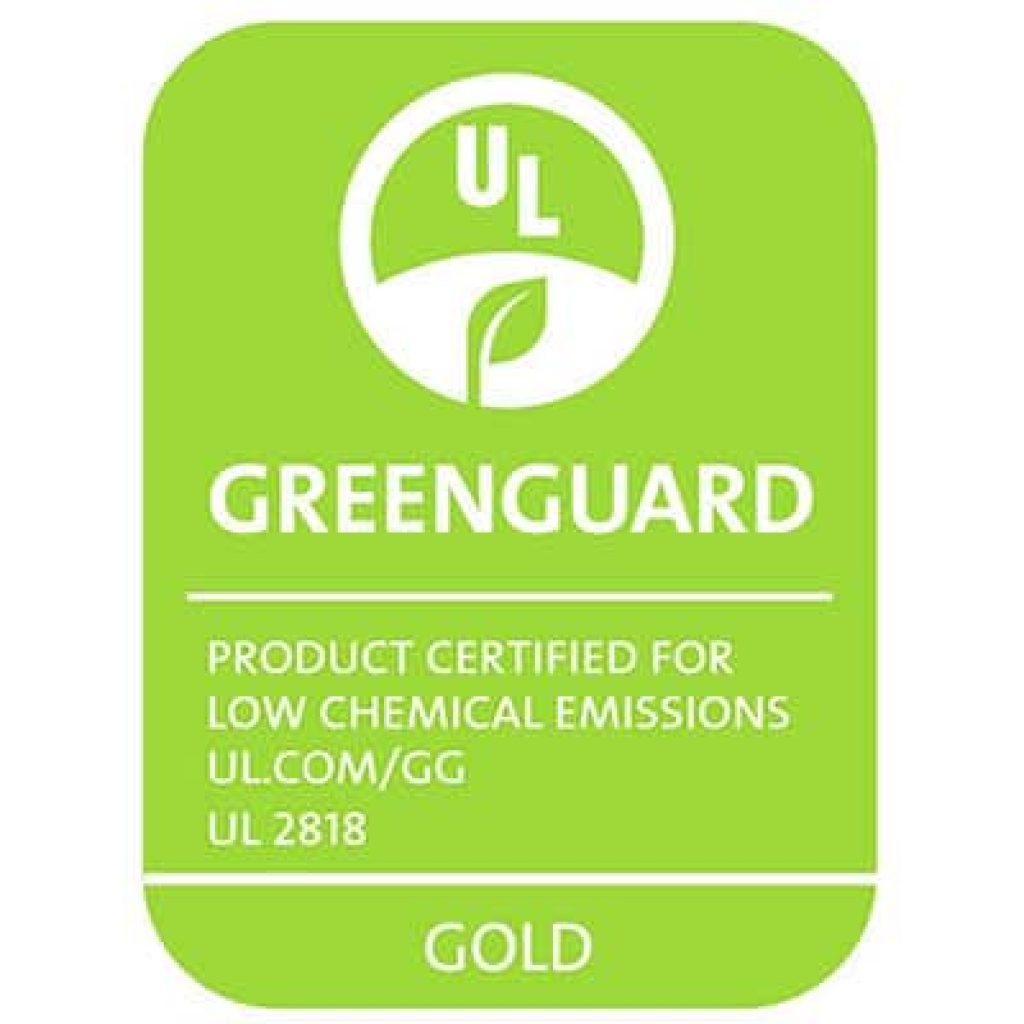
GREENGUARD Gold Certification has strict certification criteria when comes to safety factors especially for sensitive people (kids or older people).
This certificate is a proof that the product is safe for the environment (not only your bedroom, but schools, hotels, hospitals etc.).
If a mattress passes the UL/GREENGUARD’s strict criteria such as the Gold Certification Program, then you know you are investing your money in a safe bed.
This certificate should be found on any children’s mattress, as a proof that the manufacturer truly cared to avoid harmful chemicals (it would be great if you can find it on a bed for adults as well, but for kids would be a must).
Cradle to Cradle
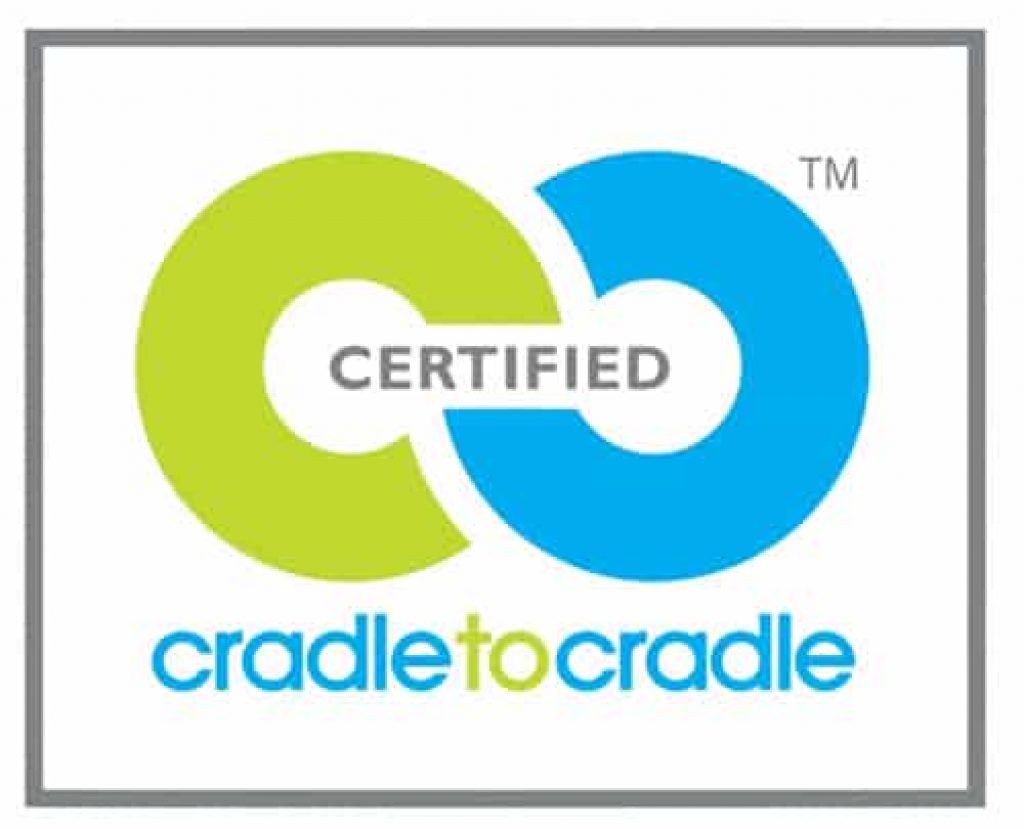 The Cradle to Cradle Certified is a guide to manufacturers through the process of improvement of their product; the mattress in this case should pass through 5 categories of quality (material reutilization, material health, carbon management, social fairness, and renewable energy).
The Cradle to Cradle Certified is a guide to manufacturers through the process of improvement of their product; the mattress in this case should pass through 5 categories of quality (material reutilization, material health, carbon management, social fairness, and renewable energy).
If it passes all of these criteria, the product will get an achievement level for every category (Basic, Bronze, Silver, Gold, or Platinum).
Every two years, manufacturers are obligated to demonstrate good faith efforts if they want to improve their products if they want to get a renewed certification for their products (mattresses).
CertiPUR-US Certified
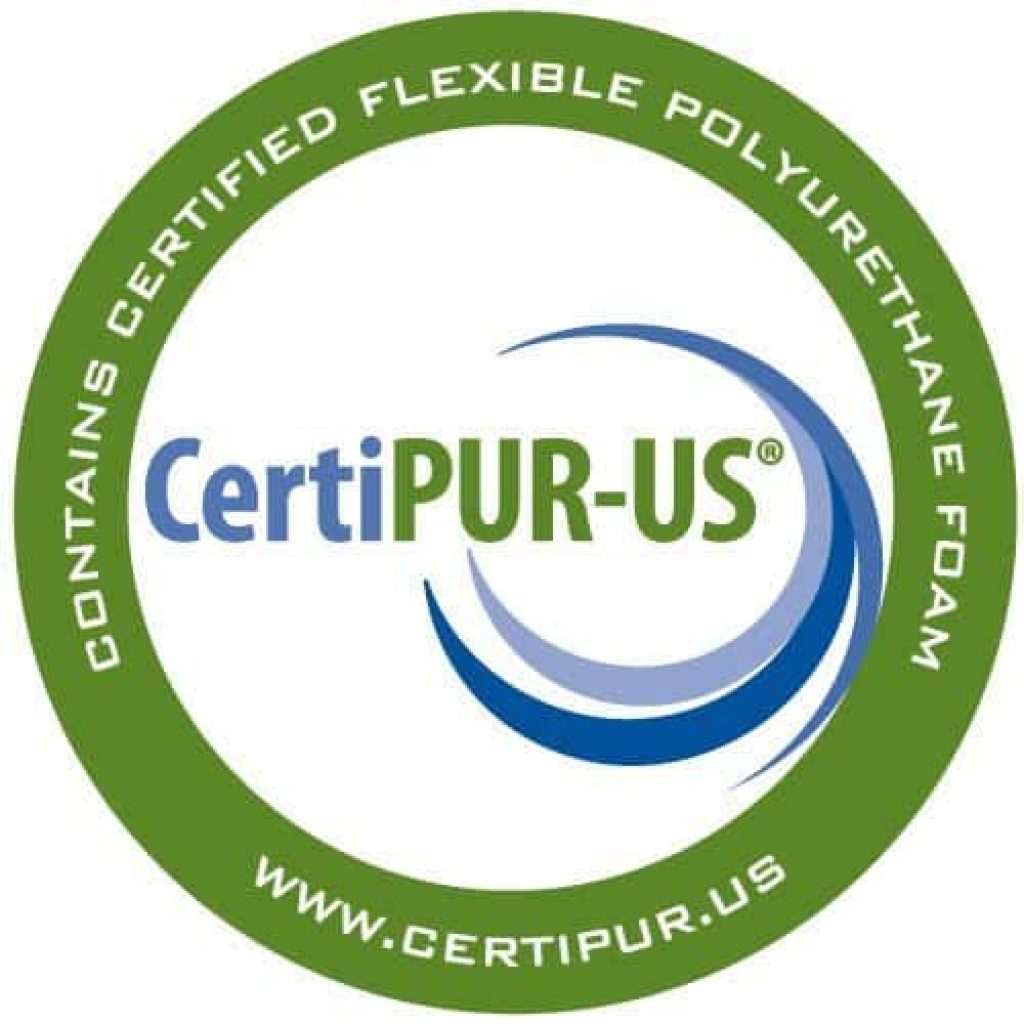
The CertiPUR-US certificate forbids the use of CFCs or ozone depleters especially for foam mattresses (during the process of manufacturing the foam).
When buying a new foam bed make sure it has a CertiPUR-US certification. Such foams are often made without ozone depleters, Polybrominated diphenyl ethers, Chlorinated Tris (TDCPP) or TCEP (”Tris”), mercury, heavy metals, lead, formaldehyde and flame retardants.
This certificate proofs that the foam was made without phthalates and that it was regulated by the Consumer Product Safety Commission.
This certificate will tell you that there is low VOC emissions (if it’s high it can be dangerous for indoor air; it should be less than 0.5 parts/million).
Organic Exchange
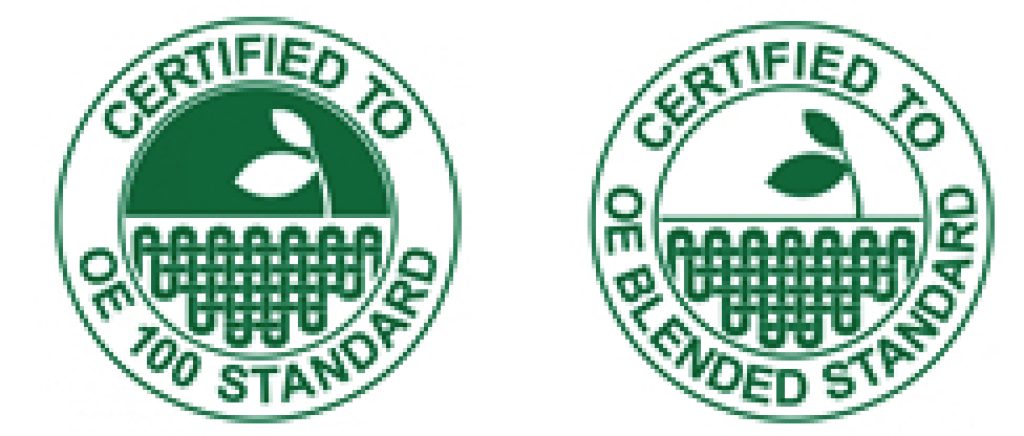
When cotton is sold and if it’s supposed to be presented as organic, the producer is obligate to have a certificate for more regulations.
This can be done by independent and accredited third-party certified; they will review the farm where the cotton was grown in order to be sure that the conditions meet the criteria and the standards.
If everything is all right, the certifying agency will confirm that the conditions of the standard are met and the producer will get accreditation.
Only then the cotton can get this accreditation and can be presented as organic. Without it, it might as well as be infused with harmful chemicals.
Certification Process
If manufacturers or producers care to get a certain certificate, they ought to follow steps such as developing a farm plan, having an ecosystem management, fulfilling standards, having internal control system and so on.
They also should submit an application to an independent third party accredited certifier and pass inspections that occur every year.
Depending what sort of standard they seek to meet, a production of cotton needs two to three years to become an organic production.
Types of Eco Friendly Materials
Memory Foam
This is not an organic material, but it can be made from eco friendly materials based on plants.
Since this is a popular fabric and therefore hard to be avoided, we say that it should not be looked upon.
It has the top-grade response to your body and is often people’s first choice (if they don’t like latex). Seek plant-based foam that doesn’t contain VOCSs and has low or no off-gassing. It will surely last longer than most other beds and the comfort is guaranteed.
However, before purchasing it, make sure you check all the certificates. Also, this material tends to provide more hotness, so check if there is gel or copper involved in any layer, and also it would be excellent if the cover is made from organic fabrics.
For more information, see our memory foam mattresses buying guide.
Polyurethane Foams
Polyurethane foams can have open and closed cells. If it has an open-cell structure, it’s plastic and does not have finished cell walls shaped like holes; we’ve already mentioned that air has an easier flow through this type of foam, allowing cooler sleep.
Closed-cell polyurethane foam is also plastic and has bubbles that have spherical shape. In this case the airflow is not easy and you can experience overheating (unless there is another cooling material involved in the construction).
This material is often used when comes to all-foam or hybrid construction and usually is only used for the upper layers. Certificates will help you learn if this material is harmful for your health or not, but usually if combined with other materials, it can be quite safe for use.
Plant-Based Memory Foam
Since a regular memory foam may cause overheating, off-gassing, odors, and even skin or respiratory problems, many manufacturers are starting to substitute it with plant-based foam.
It is the top-rated substitute that provides equally good comfort and support and doesn’t have the risk of emitting chemical gasses. It’s an eco-friendly and non toxic material and it actually shows a decent breathability (which isn’t the case with the regular memory foam).
Most manufacturers use Certi-PUR® certified plant-based foams that do not contain dangerous chemicals such as formaldehyde CFCs, PBDEs, phthalates and have low levels of VOCs. With regular memory foam you cannot be so sure about any of the previously mentioned chemicals; this is why plant-based foam becomes more and more popular option.
Latex
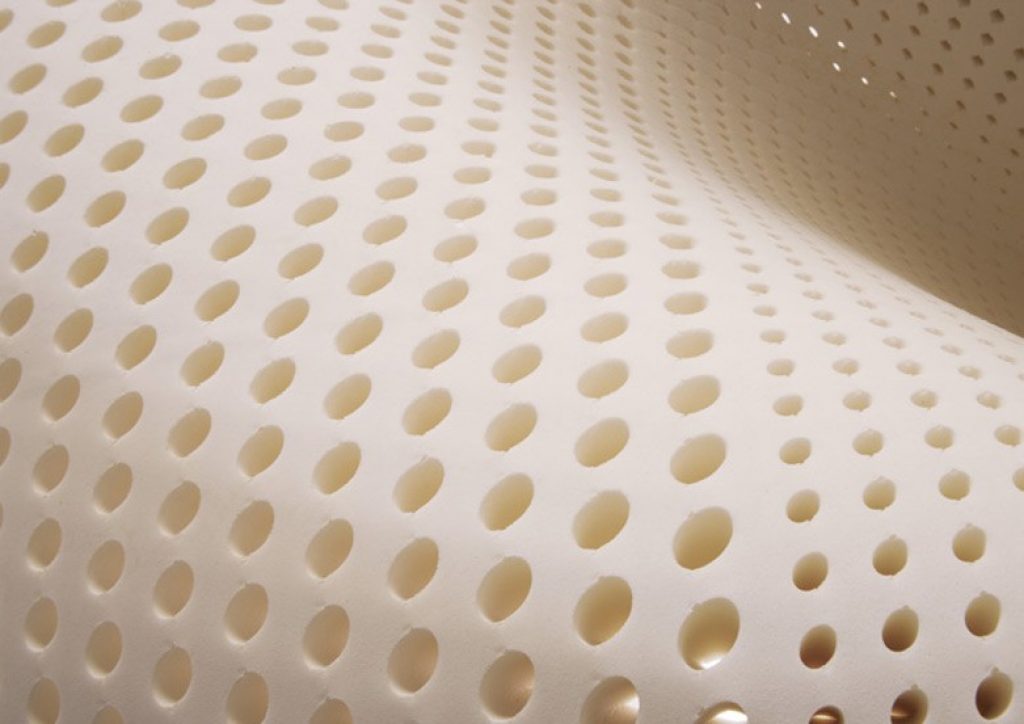
We often include latex beds in our reviews and it’s because this material provides many benefits and of course a great comfort and support.
Slightly firmer than regular foam, latex beds will make your mattress equally responsive, supportive and will last for a long time.
This is a material that is often chosen because of its cooling features; natural latex will never cause you overheating. It’s unique because it’s resistant to mites and bacteria and will absorb any moisture that will come from your body.
Your bed will always be dry and will be free of the risk of developing mold or unpleasant odors. You can forget about allergies and you will never have respiratory problems (which isn’t always the case with foam beds).
Synthetic Latex Vs. Natural
Natural latex doesn’t contain chemicals and is an eco material. It can be produced in two processes: Dunlop and Talalay.
On the other hand, synthetic latex has man-made ingredients, but has equal molecular compound its non-synthetic sibling.
Synthetic latex is petroleum based, and isn’t as resilient and elastic as the natural latex. You will find it to be cheaper, but don’t go ahead to purchase it, because it’s less durable.
It will also provide a cooling effect and will give you the same comfort and support as the natural one. It’s hypoallergenic and resistant to dust mites.
Latex provides a lovely rest, you can easily adjust (and fast); synthetic latex is equally comfy but can wear off faster than the natural one.
Spring
The most popular bed construction (and the best, according to many people) will not only spare you from all the confusion whether it’s organic or not, what sort of certificates it has, but it will also provide you with excellent comfort, support, and breathability for a very long time.
Usually, they are made of steel and come pocketed or wire connected, so the entire construction can endure your weight and will keep you on the surface.
The other layers (foam, latex) as well as fabrics for the cover (wool, cotton), make the more complicated part for the mattress (so if you are buying a hybrid make sure to check the labels and the certificates).
Otherwise, this is an eco friendly and perhaps one of the best and least complicated materials for your bed.
Want to find out more about spring mattresses?
Read: Our Highest Rated Innerspring Beds
Natural Fiber
The market offers plenty of natural fiber mattresses due to large demand. You can find plenty of great and quality constrictions and besides that you will gain a lot of benefits from mattresses with these materials.
Their price may be higher because the manufacturing process is a bit more complicated. However this is an eco-friendly material and is completely produced without chemicals that are harmful for your health and the environment. This material is flame-retardant and breathable and you can expect it to last longer. Usually used for the comfort layer, this fabric is mold resistant and hypoallergenic.
The only con with this material is that they have a different comfort level from what most people are used. They are comfy, but may feel a bit weird if you’re used on sleeping only on cotton blend covered innerspring mattress for example. Again, it’s a personal feeling but some people find them a bit unusual.
Top 3 Natural & Non Toxic Mattress Reviews
Avocado – Balanced Feel
Features:
- No off-gassing
- Various zones of firmness
- 25 years of warranty
- Strong edge support
- Fast response
Our Ratings: 9.7/10
Once we reviewed Avocado, we decided to put it in our highest quality mattress list. This a firm mattress, built with high-quality materials. It doesn’t contain harsh chemicals and we didn’t have any bad experience with off-gassing. It feels comfortable and supportive.
Its firmness is excellent for back sleepers and heavier people; stomach sleepers can also benefit from sleeping on it, although they may find it a little bit too firm.
The layers are well wrapped in a plushy cover. The top layers are responsive and soft (it contains Dunlop latex), while the contouring and the bounce come from the 8 inch pocketed coils. The layers transition well into each other so we didn’t feel any discomfort during our rest. The latex provides great freshness, and the air easily flows through the coil layer.
When you lie down, it will take your shape, and adjusting isn’t difficult.
The company offers 100 nights sleep trial and a warranty of 25 years.
Read our in-depth overview of this eco-friendly type produced by Avocado here.
Zenhaven – Great Natural Latex
Features:
- No off-gassing
- Organic cotton cover
- Natural latex
- Superb edge support
- Cooling effect
Our Ratings: 9.6/10
Zenhaven is a mattress made of non-synthetic latex that won our heart after the first review. We tested a firm mattress constructed with 100% Talalay latex that responses well to the body frame and gives the best sleep feeling – coolness.
The layers are covered with an organic cotton cover that is plushy to the touch and feels cool and pleasant when you lie on it even without bedding.
This is a great choice for back sleepers and for heavier people who tend to make deeper compression. The cradling is fantastic, the firmness is ideal for an aligned spine, and there was barely any pressure during our sleep. Even stomach sleepers can have a restful sleep on it (although it’s a bit firm for this position).
The edge support is solid, there is no sinkage, nor dropping near the sides or in the center.
You get 120 nights sleep trial and a warranty of 20 years.
Check out our in-depth review of this latex type made by Zenhaven here.
Layla – CertiPUR-US Memory Foam
Features:
- Copper-infused memory foam
- ThermoGel
- Two firmness levels
- No smells
Our Ratings: 9.4/10
We had a great time reviewing Layla; this is an outstanding mattress with two sides of firmness. It gives you the chance to pick the one that works better for you (it’s like you’ve invested in two mattresses).
The memory foam is infused with copper that will improve your blood flow and will help you ease your pains caused from arthritis or osteoarthritis. Also, your improved blood flow with not cause you to wake up with pain in any part of your body.
Copper is also anti-inflammatory and emits antioxidants, that will do miracles with your immune system and bloodstream.
The manufacturers added the copper for its cooling features.
Layla will provide with enough support and comfort and has a decent price. You’ll get 4 months of sleep trial and a lifetime warranty.
See our complete Layla analysis before you decide to purchase.
Our Final Thoughts
Sleeping on organic fabrics is not a trend or luxury, but a need and right to every human being. The market is flooded with beds that contain chemicals that with time emit off-gassing that is harmful for your health. But, you can also find mattresses that contain only natural fabrics that won’t cause you allergies, skin problems, respiratory issues or some other more serious illnesses.
It takes a lot more than just asking whether the fabrics contain any harmful chemicals; you should know what certificates the manufacturer has and what they mean. Only in that case you can be sure that you’re investing your money in the best mattress.


